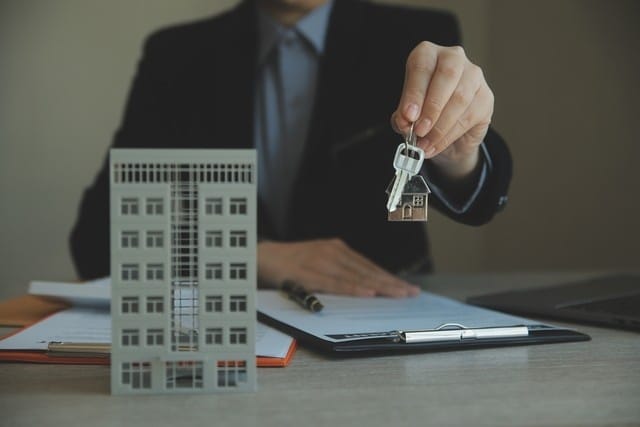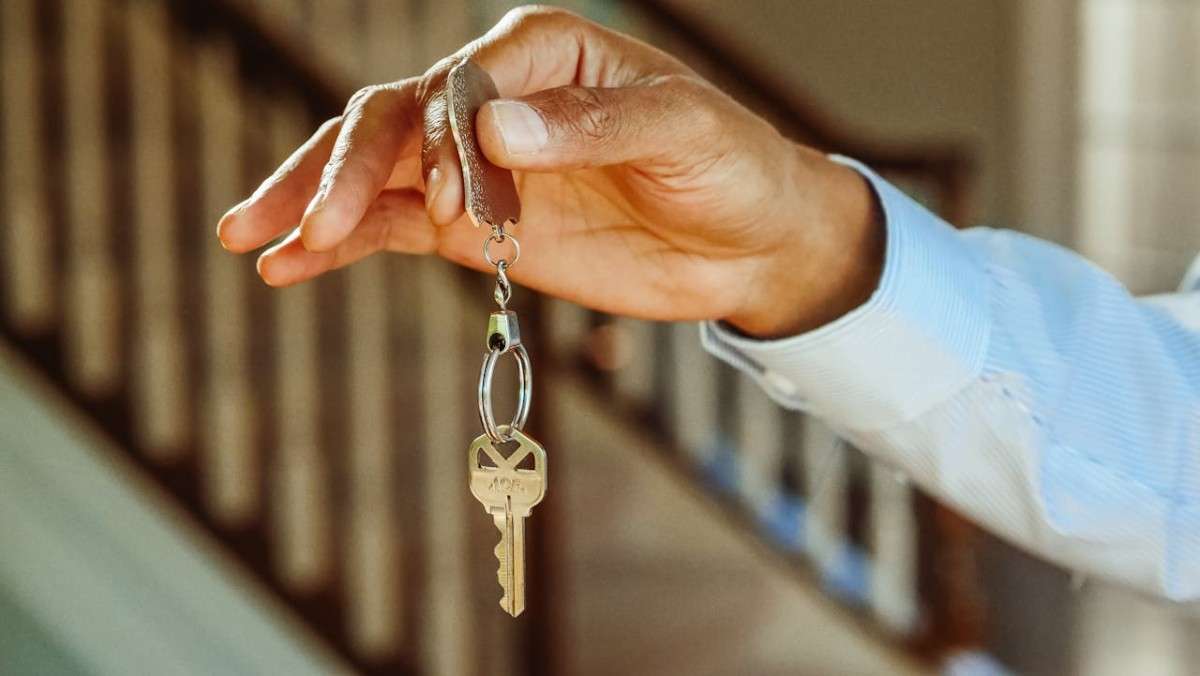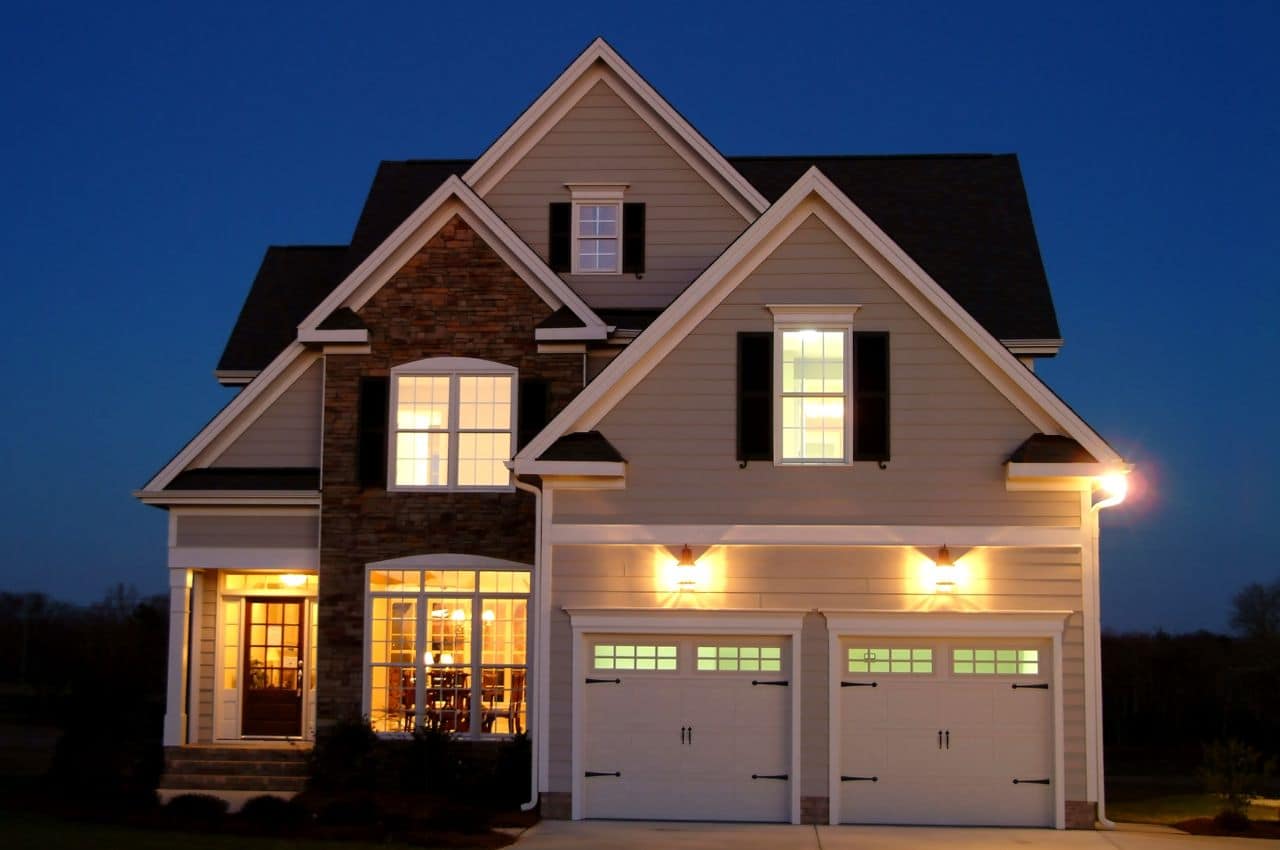Managing keys might seem straightforward until you’re faced with an emergency, a missing key, or a situation where unauthorized access becomes a problem. With multiple apartments, maintenance needs, and varying levels of access, a proper system can be the difference between a well-run property and a disorganized mess. This guide is packed with practical advice to make your key management effective and stress-free.
The Importance of a Reliable Key Management System
Security is the first thing people think of when it comes to key management, and for good reason. Every physical key that exists is a potential point of vulnerability. If it’s lost, duplicated without permission, or ends up in the wrong hands, it can lead to serious safety risks for residents and property staff. Beyond security, a poorly organized system wastes time. Staff can spend hours searching for keys, dealing with lockouts, or fixing problems that a streamlined system could have prevented.
One property manager I worked with shared a story about how they misplaced a key to a maintenance room for over a week. The result? Contractors had to delay repairs, leading to frustrated residents and unexpected costs. That situation could have been avoided with a proper system in place.
Setting Up a Key Management System That Works
A good system doesn’t need to be fancy or expensive—it just needs to be consistent and secure. Start by centralizing everything. If you’re storing keys in multiple locations around your office or on-site, you’re asking for trouble. A single locked cabinet or secure box is a simple solution. Label every key clearly, using tags or keyrings that indicate what they’re for without making it obvious to anyone outside your staff.
When deciding between a manual log and a digital tracking system, think about the size of your property and the level of access needed. Manual logs are fine for smaller properties, but if you’re managing hundreds of apartments, a digital system can save a lot of headaches. Some advanced systems even alert you when a key hasn’t been returned or is being accessed outside of normal hours.
Best Practices for Key Storage and Organization
Use Separate Cabinets for Different Purposes
Maintenance keys, resident keys, and master keys should be stored in separate compartments. This minimizes confusion and helps staff locate what they need quickly.
Limit Duplicate Copies
While it’s tempting to have extras for emergencies, too many duplicates increase the chances of loss or misuse. Keep one backup copy in a secure, separate location, and track it like any other key.
Secure Master Keys
If you use master keys that open multiple apartments, treat them with extra care. These keys should never leave the property unless absolutely necessary, and access to them should be highly restricted.
Track Who Has Access
A simple logbook or digital system can record who took a key, when, and why. This isn’t about micromanaging but ensuring accountability. It also helps when investigating a missing key or unexpected access.
Handling Emergencies and Lost Keys
Lost keys are inevitable. The important thing is how quickly and effectively you respond. Changing locks can be expensive, so have a clear policy in place. Residents should know who to contact if they lose a key and what their responsibilities are. Meanwhile, your team should be trained to act quickly, whether that means contacting a locksmith or updating access codes for keyless entry systems.
Considering Keyless Entry
Speaking of access codes, more properties are moving toward keyless entry systems, and it’s easy to see why. These systems remove many of the common issues associated with physical keys. There’s no need to worry about lost or duplicated keys, and access can be updated remotely. For example, if a contractor needs temporary access, you can grant them a code that expires after a certain time.
Keyless systems also allow residents to let themselves back into their apartments if they’re locked out, which saves your staff from late-night calls. That said, they aren’t foolproof. You’ll still need a backup plan for power outages or technical failures.
Making the System Easy for Everyone
One challenge in key management is ensuring the system is easy to follow, not just for staff but for residents and contractors too. A few things can help:
– Clear Instructions
Whether it’s a key return policy or how to request a spare, keep your instructions simple and easy to understand. No one wants to deal with unnecessary back-and-forth.
– Regular Training for Staff
Make sure everyone on your team knows the process inside and out. Regular training can prevent mistakes and keep the system running smoothly.
– Reminders for Residents
A quick note at move-in about key policies can save a lot of trouble later. If your property uses keyless entry, show residents how to use it during their walkthrough.
Long-Term Benefits of an Efficient System
The payoff for setting up a good system goes beyond convenience. An organized approach builds trust with residents, showing that you take their security seriously. It also protects your property from liability. For instance, if a contractor is accused of entering an apartment without permission, a well-documented log can show exactly who had access and when.
One manager I know shared how their digital key tracking system saved them from a dispute. A resident complained about unauthorized access during maintenance work, but the records showed the key was only signed out during approved hours. This level of transparency is invaluable.
Transitioning to a Better System
If your current system isn’t working, don’t feel like you have to overhaul everything overnight. Start small. Replace outdated storage methods with a locked cabinet or install digital tracking software for one part of the property before expanding. If you decide to switch to keyless entry, test it in one building to see how it fits your needs.
Real-Life Solutions for Common Problems
Problem: A Resident Moves Out Without Returning Keys
Solution:
Update your lease agreements to include a clear key return policy and fees for lost keys. If keys aren’t returned, change the locks immediately to maintain security.
Problem: Multiple Staff Members Accessing Master Keys
Solution:
Limit access to one or two trusted individuals and require a log for every use. Secure master keys in a separate locked box for added protection.
Problem: Contractors Holding on to Keys Longer Than Expected
Solution:
Set strict deadlines for key returns and use a tracking system to follow up promptly. Some digital systems can even send reminders automatically.
Small Changes That Make a Big Difference
Even if your property management setup feels overwhelming, small tweaks to your key management process can make life easier. Something as simple as labeling keys more clearly or running monthly audits can prevent bigger problems down the line.
One property manager mentioned how they started color-coding keys after an incident where staff accidentally grabbed the wrong one during an emergency. This small change saved them time and stress in future situations.
At the end of the day, key management isn’t just about locks and storage—it’s about efficiency and trust. A secure, well-organized system keeps your properties safe, protects your reputation, and saves money by avoiding unnecessary lock changes or disputes. It’s an investment in smooth operations, and residents notice the difference.
By taking the time to implement a system that works for your team and property, you’re setting yourself up for long-term success. Whether you go digital or stick with a reliable manual process, the key (pun intended) is to stay consistent and keep security a top priority.







